The Marmottan Monet Museum, highlights an exhibition on the French impressionist painter Paul Cézanne, born January 19, 1839 in Aix-en-Provence. The artist is considered to be a painter who works primarily on the motif. Throughout his career, Cézanne envisioned painting in terms of form, color and space. He paints figures as he paints objects. Still lifes stand out for their simplicity as one of his favorite themes. Cézanne’s work is made up of major themes which most often represent apples, vases, portraits, bathers and bathers, as well as a series of canvases representing the Sainte-Victoire mountain.
Cézanne’s paintings are presented under the influence of the masterpieces of Italian painters and the links that unite the painter to the old masters. In the 17th century, Rome was the capital of the arts and major trends were emerging there. The painter Nicolas Poussin, installed in the eternal city for more than forty years (1624-1665), created the classical and historical landscape there. The imprint of this artist deeply marks Paul Cézanne. Cézanne’s ambition is not to paint like Poussin, but to draw from the sources of his art. The notion of balance and permanence that he inherits from the master are at the heart of his concerns, even if his approach diverges from his elder. Cézanne was inspired by Italy all his life, that of the painters he discovered in museums and in engravings.
It was from 1895 that Paul Cézanne became known and his work became famous. He frequented painters like Pissaro, Renoir or Monet whom he received in Provence.
Dying while painting, his death occurs on October 22, 1906. He died of pneumonia as a result of illness while painting outside in the Sainte Victoire massif. A violent storm erupted leaving him unconscious for several hours.
The exhibition highlights the Italian part of Cézanne’s work in the continuity of the masters of the XVI and XVII centuries, with paintings such as: Tintoretto, Bassano, Greco, Poussin, Rosa, Munari, Boccioni, Carrà, Rosai, Sironi, Soffici, Pirandello or Morandi.
The visitor is invited to see the way a painting is painted rather than its subject.
Extension of the exhibition until January 3, 2021
Marmottan Monet Museum
2 rue Louis Boilly
75016 Paris
Open Tuesday to Sunday from 10 a.m. to 6 p.m. (last admission 5.30 p.m.)
Nocturnes on Tuesday (until October 1) and Thursday until 9 p.m. (last admission at 8:30 p.m.)
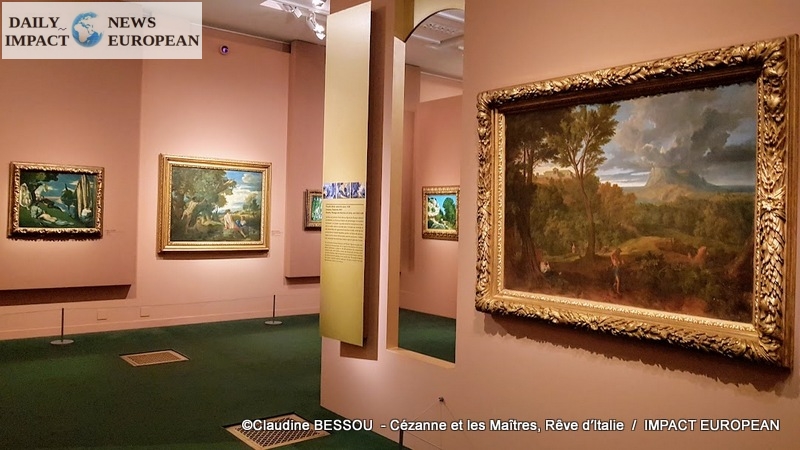
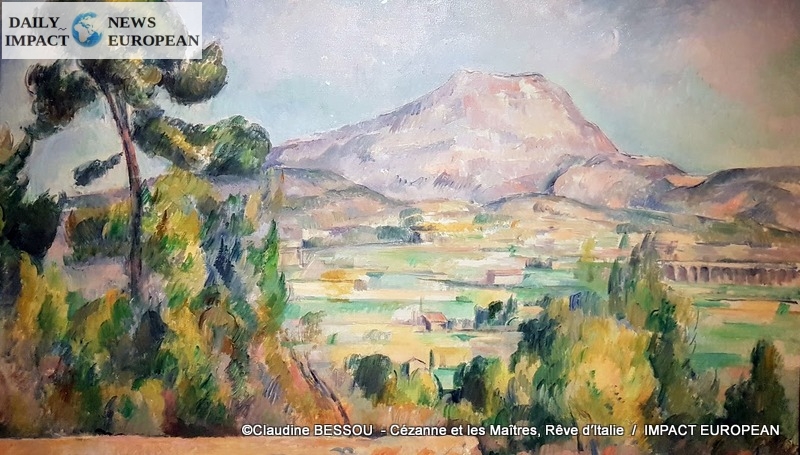
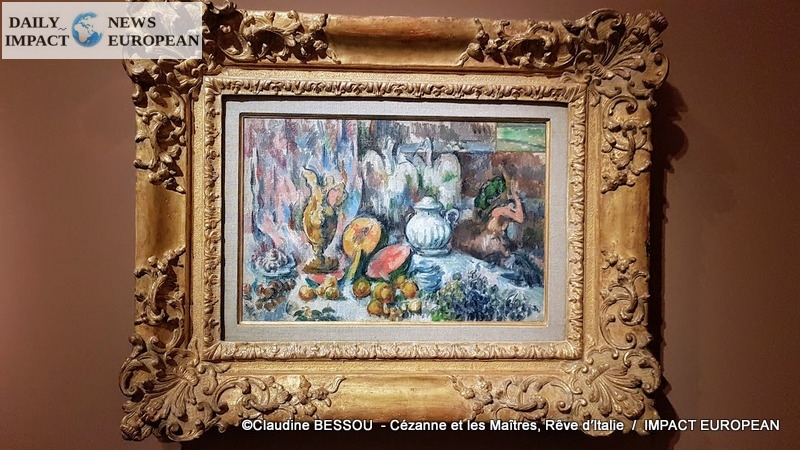
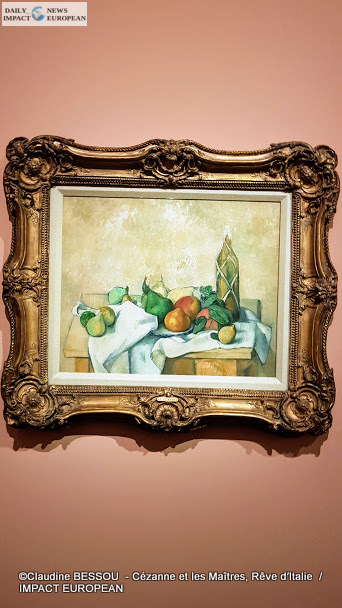
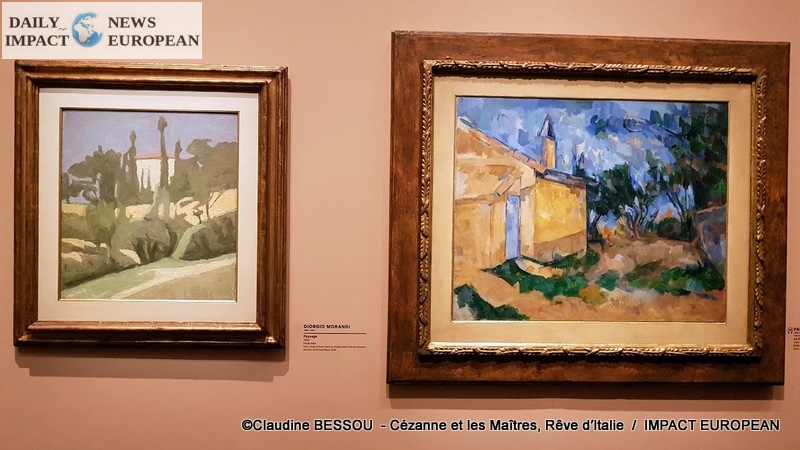
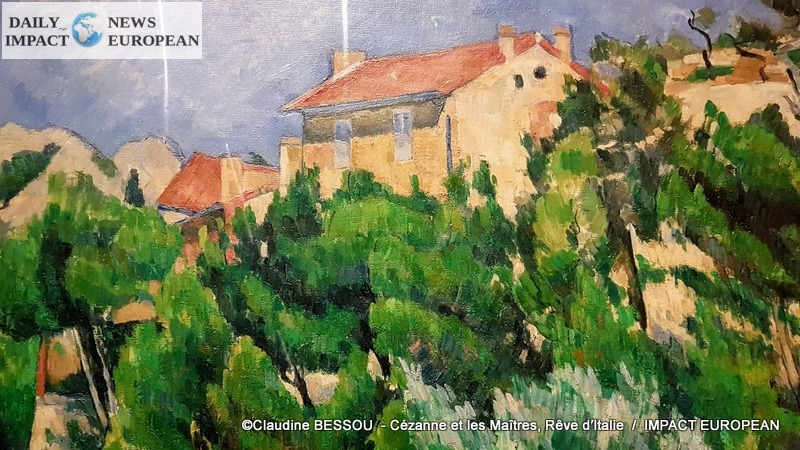

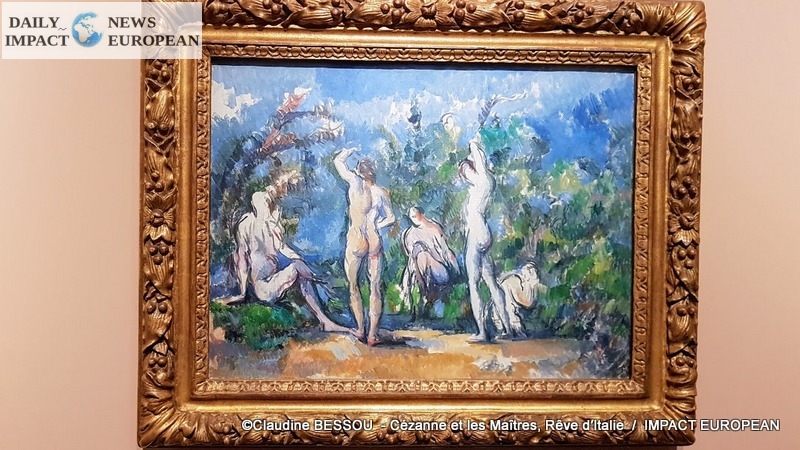
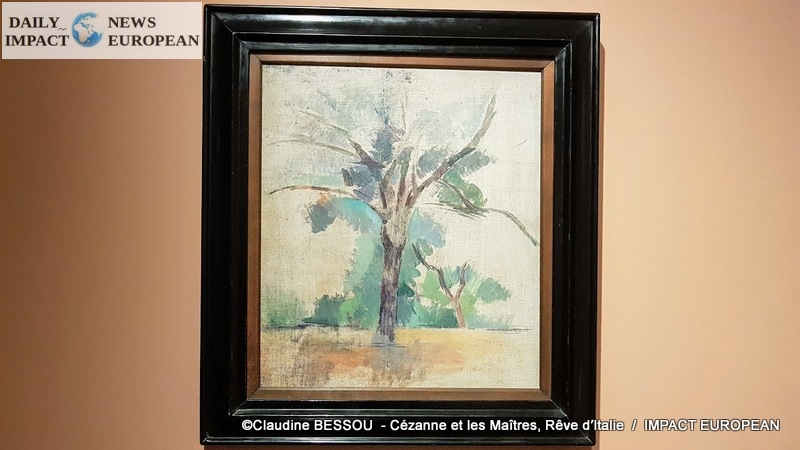
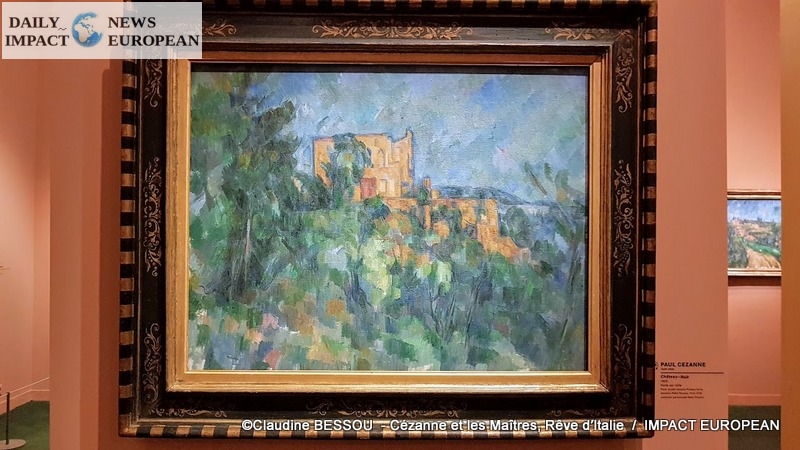

More Stories
Pope Francis died on Easter Monday
Death Penalty in Iran: Commemoration of Political Prisoners Executed Over 50 Years
PRO D2: SU Agen falls 59-10 to Colomiers